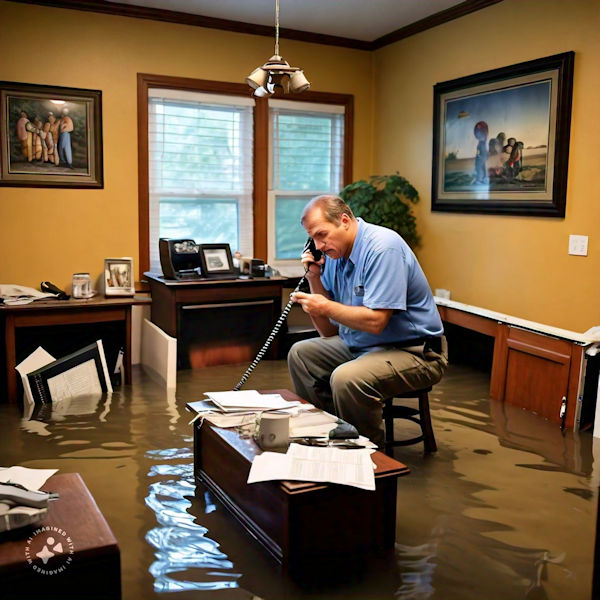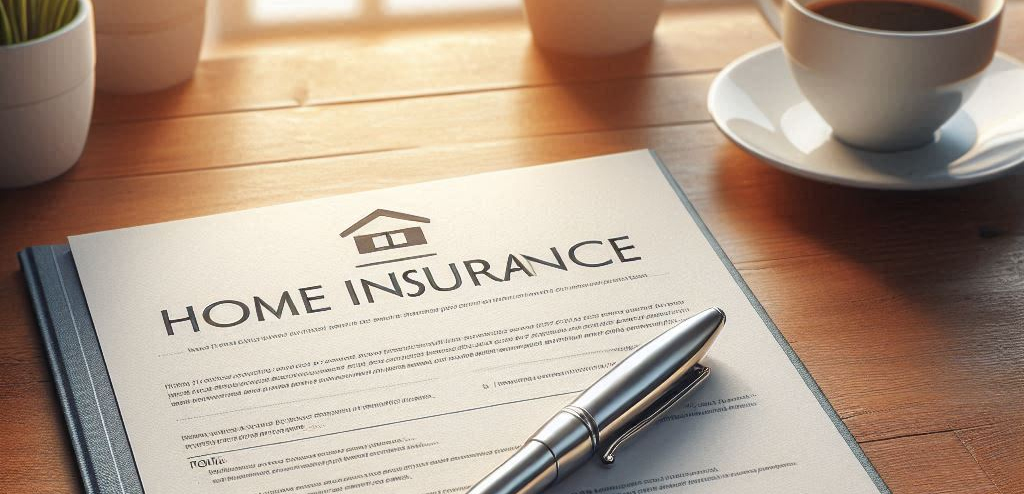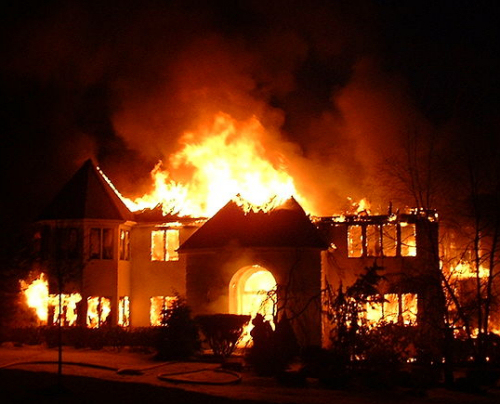Dealing with flood damage can be an overwhelming experience, both emotionally and financially. It’s a time when understanding your insurance coverage and how to effectively file a claim can make a significant difference in your path to recovery. In this guide, we aim to arm you with the essential knowledge and tips to navigate the complexities of insurance claims and coverage for flood damage. This guide is designed to walk you through every step, ensuring you make informed decisions that lead to a smoother and more efficient recovery process.
Step 1: Document Everything Thoroughly
Before you even reach out to your insurance provider, make sure you document all the damages thoroughly. Taking photos and videos from multiple angles will give a clear picture of the extent of the damage. It’s also beneficial to make a detailed list of all damaged property, including descriptions and the estimated value of items. This meticulous documentation can be invaluable during the claims process, helping ensure that you’re fairly compensated for the losses incurred. Remember, in these situations, more information is always better.
Step 2: Contact Your Insurance Provider
As soon as it’s safe to do so, contact your insurance provider to report the flood damage. Most insurance policies have a time limit for filing claims, so it’s important to act quickly. Be sure to have all documentation, including photos and videos, ready when speaking with your provider. They will guide you through the next steps and let you know what type of coverage you have for flood damage. It’s also crucial to ask about any additional coverages or endorsements that may apply to your specific situation.
Step 3: Understand Your Coverage
Every insurance policy is different, so it’s essential to thoroughly review your coverage to understand what is and isn’t covered in the event of a flood. Generally, standard homeowners’ insurance policies do not cover flood damage, and a separate flood insurance policy is required. However, some policies may have limited coverage for water damage caused by sudden and accidental events, such as a burst pipe. It’s crucial to clarify your coverage with your insurance provider to avoid any surprises during the claims process.
Step 4: File Your Claim
After thoroughly documenting the damage and understanding your coverage, it’s time to file your claim. Your insurance provider will guide you through this process, which may involve filling out forms, providing additional documentation, and possibly having an adjuster assess the damages in person. It’s essential to be honest and accurate when filing your claim to avoid any potential issues or delays.
Step 5: Keep Track of Expenses
During the flood damage restoration process, it’s essential to keep track of any expenses related to the flood damage. This may include temporary housing costs, meals, and even transportation costs if your vehicle was damaged. These expenses may be reimbursable under your insurance policy, so keeping accurate records of these costs can help ensure you receive proper compensation.
Step 6: Communicate with Your Insurance Provider
Throughout the entire process, it’s crucial to maintain open communication with your insurance provider. Be sure to ask questions and seek clarification on any uncertainties you may have. If there are any delays or issues with your claim, don’t hesitate to reach out to your provider for updates and assistance.
Recovering from flood damage is undoubtedly a stressful and challenging experience, but with the right approach to navigating your insurance claims and coverage, you can make the process smoother and more manageable. By following the steps outlined in this guide—documenting everything, understanding your policy, staying in constant communication, and tracking expenses—you’ll be in a strong position to facilitate a faster and more efficient recovery.
You might also like:
- Budgeting for Insurance When You Live Near Natural Disasters
- Protect Your Home with Home Insurance
- Reassessing Your Insurance Coverage: Are You Protected in Case of an Emergency?
- Major Systems to Beware of When Buying a Home
- How Families Can Get the Most Out of Roofing Insurance After a Disaster
- What You Need to Know about Different Types of Homeowners Insurance
- Cutting Your Home Insurance Bill: Three Secrets That Can Save You A Bundle




